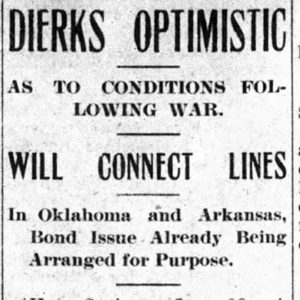 Railroad Development
Railroad Development
Entry Category: Transportation - Starting with R
 Railroad Development
Railroad Development
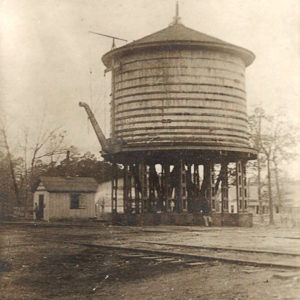 Railroad Tank
Railroad Tank
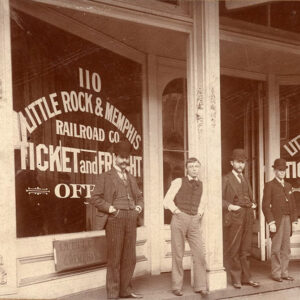 Railroad Ticket Office
Railroad Ticket Office
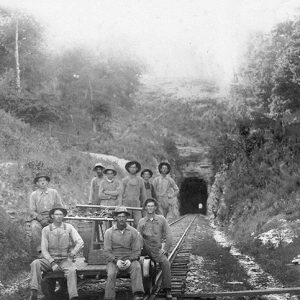 Railroad Workers
Railroad Workers
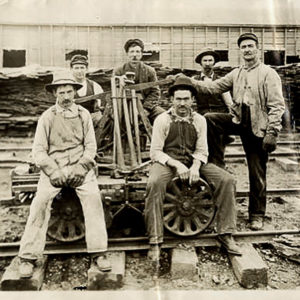 Railroad Workers near Jonesboro
Railroad Workers near Jonesboro
Railroads
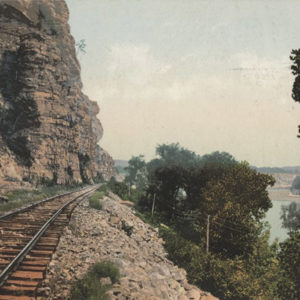 Railway at Penters Bluff
Railway at Penters Bluff
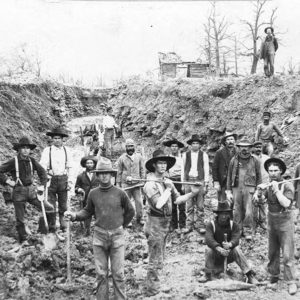 Railway Workers
Railway Workers
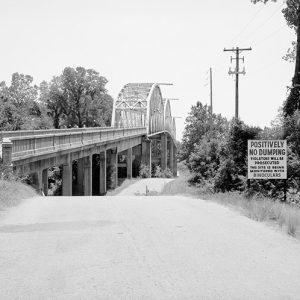 Red River Bridge
Red River Bridge
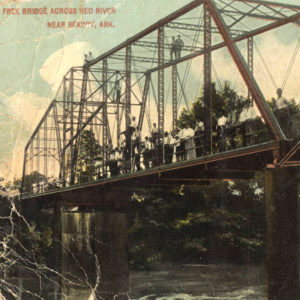 Red River Bridge
Red River Bridge
 Red River Raft
Red River Raft
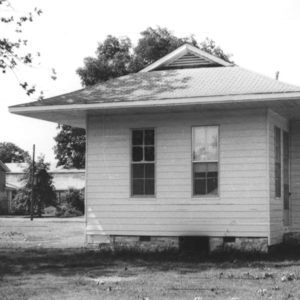 Redfield Depot
Redfield Depot
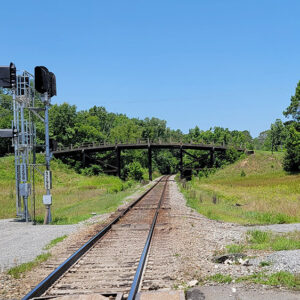 Redfield Viaduct
Redfield Viaduct
Remmel Dam
aka: Lake Catherine
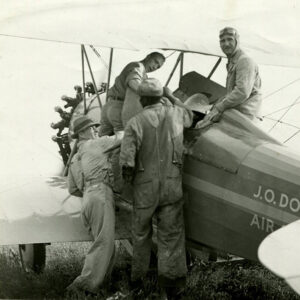 Rice Seed Loading
Rice Seed Loading
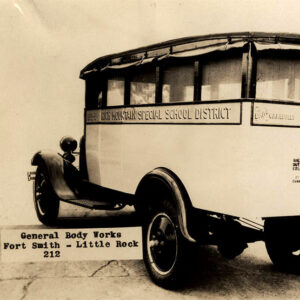 Rich Mountain School Bus
Rich Mountain School Bus
 Rio Vista Depot
Rio Vista Depot
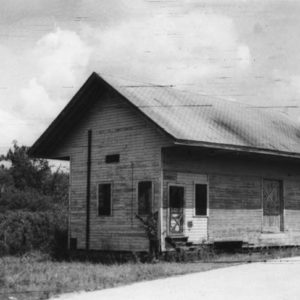 Rison Depot
Rison Depot
Roads and Highways
Rob Roy [Steamboat]
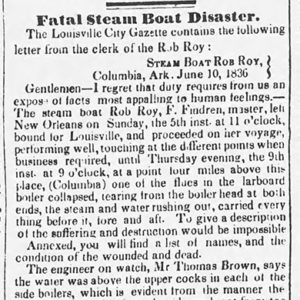 Rob Roy Steamboat Article
Rob Roy Steamboat Article
 Rock ‘n’ Roll Highway Route Sign
Rock ‘n’ Roll Highway Route Sign
 Rock Island Bridge
Rock Island Bridge
Rock Island Bridge (Little Rock–North Little Rock)
aka: Choctaw Bridge
aka: Clinton Presidential Park Bridge
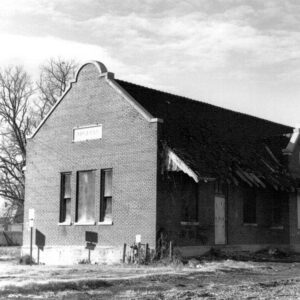 Rock Island-Argenta Depot
Rock Island-Argenta Depot
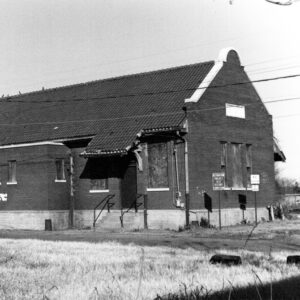 Rock Island-Argenta Depot
Rock Island-Argenta Depot
Rock Region Metropolitan Transit Authority
aka: Central Arkansas Transit Authority (CATA)
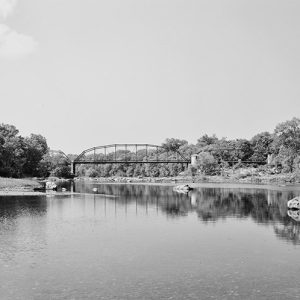 Rockport Bridge
Rockport Bridge
 James Rodgers and Family
James Rodgers and Family
 James Rodgers Induction
James Rodgers Induction
Rodgers, James Ronald, Sr.
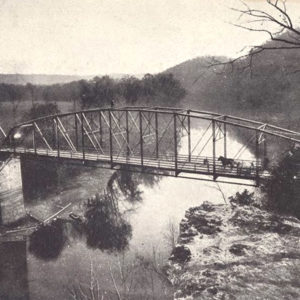 Rogers Bridge
Rogers Bridge
 Rosston Segment
Rosston Segment
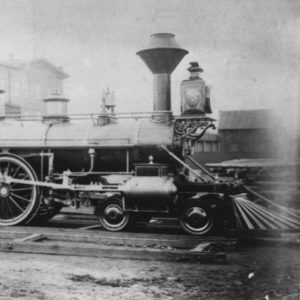 Roswell Beebe Locomotive
Roswell Beebe Locomotive




